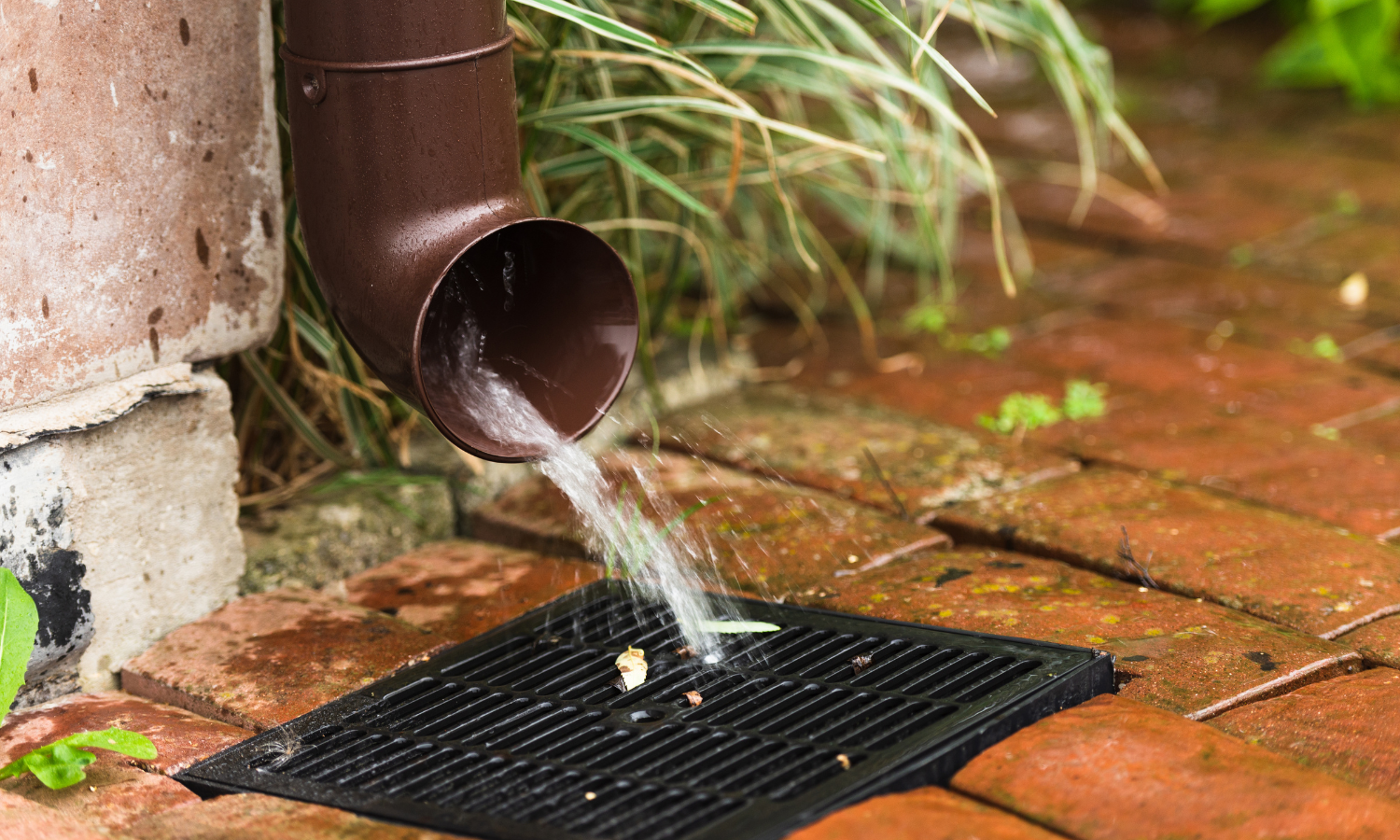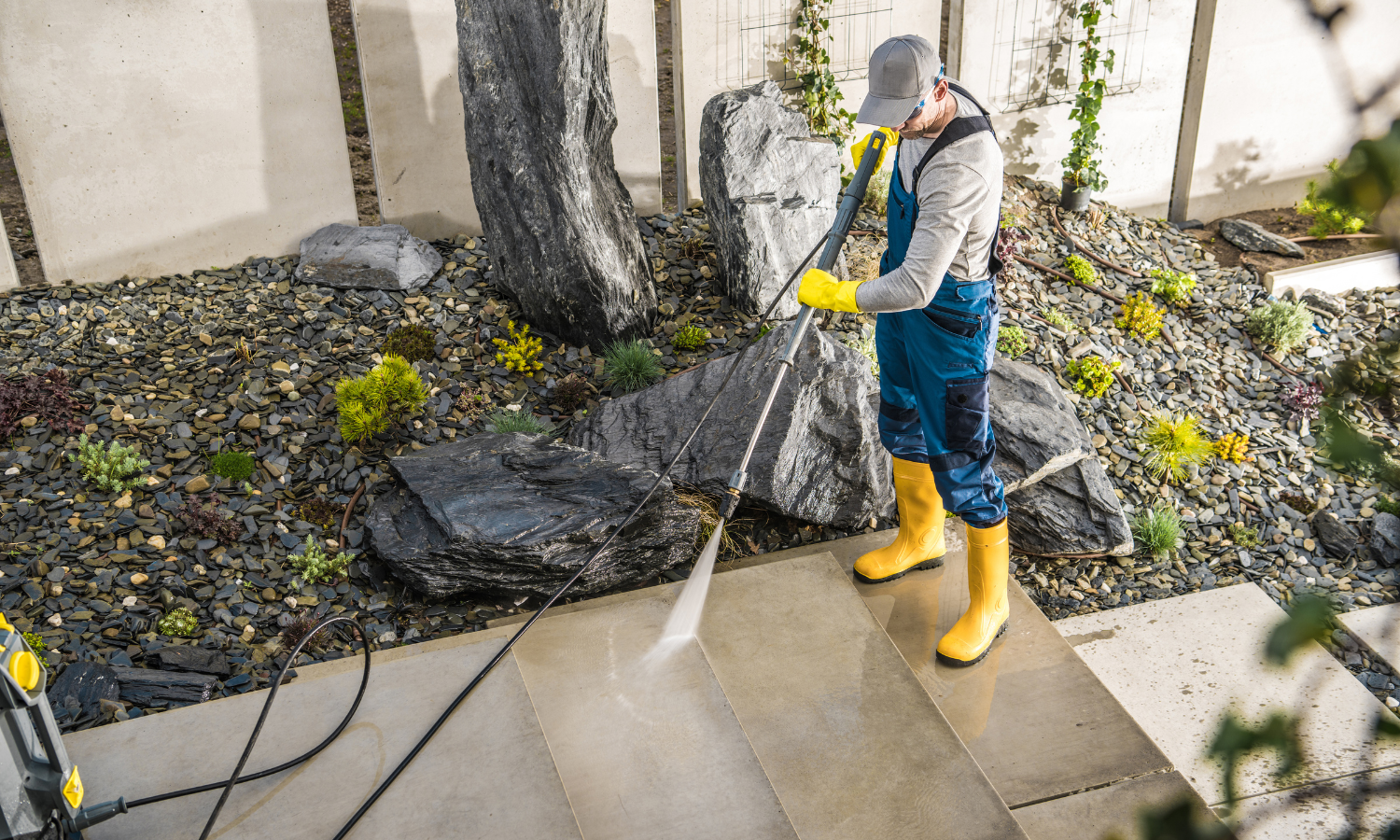Updated on February 28th, 2025
Gnats might not be the first bugs that come to mind when you think of biting insects—mosquitoes and horse flies usually take the spotlight. But some species of gnats do bite, leaving behind small, itchy red bumps.
However, many common household gnats, such as fungus gnats and fruit flies, do not bite.
>>> Eliminate gnats with the world's most effective eco-insecticide
What are gnats?
Gnats are small, thin-winged flying insects with slender bodies and long legs. The term "gnat" is often used broadly to describe various tiny flies, though not all insects referred to as gnats belong to the same scientific classification.
In everyday usage, "gnats" may refer to:
- True gnats: Insects from the suborder Nematocera, which include fungus gnats, midges and black flies
- Gnat-like insects: Insects from various suborders, which include drain flies and fruit flies
These insects are often weak fliers and tend to move in large swarms, called clouds.
Did you know? Fruit flies and true gnats are often mistaken for each other. If you spot one in your home and aren’t sure which it is, look at its eyes. Fruit flies have large, prominent eyes, while a gnat’s eyes are much smaller and harder to see with the naked eye.
Note: For ease of reading, the term gnat in this article refers to both true gnats and gnat-like insects.
What is the life cycle of a gnat?

A gnat’s lifecycle goes through four life stages: egg, larvae, pupae and adult. It is short and contingent upon several factors, including:
- Species of gnat
- Species reproductive potential
- Availability of food sources
- Access to moisture
- Protection within their habitat
The lifespans of the most common types of gnats are somewhat similar; however, their rapid reproductive rates are the primary concern. It’s their ability to breed quickly that keeps these pesky intruders flying around your home.
Common types of gnats in your home
Different types of gnats have varying life cycles, habitats and diets. Let’s take a closer look at some of the most common gnats you might encounter in your home.
Fungus gnats
- Adult lifespan: 7-14 days
- Life cycle: 8-30 days
- Egg production: 100-150 eggs
- Habitat: Near potted plants, primarily spider plants, african violets, peace lilies, geraniums and inch plants
- Diet: Organic mulch, fungi, root hairs, leaf mold, grass clippings and compost
Fruit flies
- Adult lifespan: 40-50 days
- Life cycle: 35-60 days
- Egg production: 500+ eggs
- Habitat: Usually found hovering over decaying vegetation or rotting fruit
- Diet: Fruits, vegetables, decaying material and honeydew (secretion) produced by aphids
Drain flies (Phorid flies)
- Adult lifespan: 8-14 days
- Life cycle: 8-37 days
- Egg production: 30-100 eggs
- Habitat: House and storm drains, which are moist areas that are coated with nutrient-laden organic material
- Diet: Decaying matter and sludge that builds up inside drains, manure, animal carcasses and decaying fruits and vegetables
 Fungus Gnat
Fungus Gnat Fruit Fly
Fruit Fly Drain Fly
Drain FlyDo gnats bite humans?
Yes, certain species of gnats do bite humans, causing small, itchy red bumps. However, many common household gnats, such as fungus gnats and fruit flies, do not bite.
There are both biting and non-biting species of gnats. The types you’re most likely to find in your home—fungus gnats, fruit flies and phorid flies—are all non-biting. They lack the mouthparts to puncture the skin.
However, some outdoor species bite, using sharp mouthparts to cut the skin and access blood, which they feed on. Biting gnats target any exposed skin and their bites are typically itchy due to anticoagulant compounds in their saliva that prevent blood clotting. This reaction causes itching and irritation.
Helpful hint: If bitten, avoid scratching, as it can lead to open sores susceptible to bacterial infection.
Common blood-feeding gnats you might encounter
Biting midges
- Appearance: Grayish, though reddish after a blood meal, and ¹⁄₂₅ to ⅛ inch long
- Characteristics: Vicious biters that target any exposed skin. Prefer feeding during the early morning and evening and often fly in swarms
- Habitat: Found near salt and freshwater and in decaying seaweed along beaches
- Symptoms of bite: Pain, redness, swelling and intense itching within 30 minutes of being bitten
Sand flies
- Appearance: Golden, brownish or grayish in color, about ⅛ inch long with a humpbacked shape
- Characteristics: Weak fliers that struggle in windy conditions, making bites less likely on windy days
- Habitat: Rock crevices, caves and rodent burrows
-
Symptoms of bite: Skin irritation and mild redness
Black flies
- Appearance: Shiny black, ⅕ - ¼ inch long, and with a stout body, legs and antennae
- Characteristics: Swarm feeders that often fly around the head and bite in large numbers
- Habitat: Breed in flowing water and prefer humid, wooded regions
- Symptoms of bite: Itching, burning lesions, numerous blood spots and sometimes fever. The bites are initially painless but bleed significantly
 Biting Midges
Biting Midges Sand Fly
Sand Fly Black Fly
Black FlyWhat attracts gnats?
Gnats are attracted to moist areas inside your home, such as wet potting soil or wet sinks and drains where food residue can collect. They also gravitate towards decaying organic material, such as rotting vegetation or fruit, food spillage and open or overflowing garbage cans. In addition, gnats are also attracted to you—your perspiration, body heat, mucus from your nose, tears from your eyes and the carbon dioxide you breathe—and your pets.
How do I get rid of gnats?
Following are the best measures to take if you find gnats in areas where they are commonly found.
Drain

First, pour ½ cup of salt and ½ cup of baking soda down the drain. Next, pour 1 cup of white vinegar down the drain. Allow the mixture to foam and sit for at least two hours without using the drain. After two hours, rinse with hot water. Follow up by spraying Dr. Killigan's Six Feet Under Plant-Powered Insect Spray into your drain and your sink to ensure no eggs or larvae remain.
Houseplants
Dust to Dust isn’t just effective against gnats—it can also help your plants thrive. The silica in Dust to Dust strengthens plant cell walls, improving overall resilience and growth. Lightly dusting the leaves and soil—using Dr. Killigan's Insect Buster—to create a protective barrier that deters fungus gnats and provides essential nutrients.
Other common gnat attractants
In addition to drains and houseplants, gnats are also drawn to:
- Overripe fruit and food spills: Store produce in the fridge and wipe up spills immediately
- Garbage bins: Keep trash cans sealed and clean them regularly
- Standing water and moisture: Fix leaky faucets, dry wet surfaces, and ensure proper ventilation
Where do gnats come from?
Gnats come from the outdoors. I suppose the real question would be ‘Why are gnats coming into my home?’ Gnats have an amazing sense of smell and find their way into your home because of their attraction to your overflowing garbage, the smell of the sludge in the bottom of your kitchen drain or the sweet wafts of the overripe bunch of bananas you have sitting on your kitchen table. They may also be in search of water, which could lead them to the drip under your kitchen sink or the abundance of moisture found in your potted plants.
How do I prevent gnats from infesting my home?
These are all practical, do-it-yourself tips that are helpful in gnat prevention and verall in-your-home bug prevention. Many insects are attracted to the same types of smells and locations. Ensuring that you can check off every item on this list will greatly aid you in future pest problems.

- Repair leaks. Repair leaks around your sinks.
- Repair screens. If you find that any of your screens have gaps or holes in them, fix them.
- Repair cracks or openings. Check windows and doors for any small openings or cracks. Insects are tiny. They need even tinier openings to squeeze through.
- Monitor produce. If you keep produce on your countertops, ensure that none of it is too ripe. If you’re unsure, place all produce in your refrigerator.
- Keep pet dishes clean. If you feed your pet wet food, clean up any messes after a feeding and wash the food dishes.
- Keep countertops and floors clean. Do not go to bed with any sticky messes around.
- Do not overwater your plants. You can test your plant moisture by doing the finger dip test, making sure excess water can drain off and by using a moisture meter. (Finger dip test: Dip your finger up to your second knuckle; if your finger stays dry and clean, it’s time to water).
- Clean out your sink frequently. Use baking soda. Two reasons: Bug prevention and because kitchen sinks serve as a feeding ground for illness-causing bacteria, including E. coli, salmonella and Staphylococcus aureus
- Scrub the inside of your kitchen drain. Do so with a narrow, long-handled cleaning brush. Removing any organic matter from your dish disposal will leave nothing for the gnats to feed on.
- Take trash out. Keep trash bins away from the entry points of your home.
Final word on gnats
If you have any other tips or tricks on gnat prevention, have any true and tested essential oil recipes that you’ve used on gnat bites, or want to share about an experience that you’ve had with gnats, we’d so enjoy hearing from you.





















